The anti acne-dermal-patch market in South America is characterized by a dynamic competitive landscape, driven by increasing consumer awareness regarding skin health and the growing prevalence of acne among adolescents and young adults. Key players such as Hero Cosmetics (US), COSRX (KR), and Neutrogena (US) are strategically positioned to leverage innovation and regional expansion to capture market share. Hero Cosmetics (US) focuses on product innovation, particularly with its hydrocolloid patches, which have gained popularity for their efficacy. Meanwhile, COSRX (KR) emphasizes a strong online presence and community engagement, appealing to a younger demographic. Neutrogena (US) combines its extensive distribution network with a commitment to dermatological research, enhancing its competitive edge in the market.
The market structure appears moderately fragmented, with several players vying for consumer attention. Companies are increasingly localizing manufacturing to reduce costs and optimize supply chains, which may enhance their responsiveness to market demands. This localized approach, coupled with strategic partnerships, allows companies to adapt to regional preferences and regulatory requirements, thereby strengthening their market positions.
In October 2025, Hero Cosmetics (US) launched a new line of eco-friendly anti acne-dermal patches, which utilize biodegradable materials. This move not only aligns with the growing consumer demand for sustainable products but also positions the company as a leader in environmentally conscious skincare solutions. The strategic importance of this launch lies in its potential to attract environmentally aware consumers, thereby expanding Hero's market reach.
In September 2025, COSRX (KR) announced a collaboration with a prominent South American influencer to promote its anti acne-dermal patches through social media platforms. This partnership is likely to enhance brand visibility and credibility among younger consumers, who are increasingly influenced by social media trends. By leveraging influencer marketing, COSRX aims to solidify its presence in the competitive landscape and drive sales growth.
In August 2025, Neutrogena (US) unveiled a new digital platform that integrates AI technology to provide personalized skincare recommendations, including tailored anti acne-dermal patch solutions. This innovative approach not only enhances customer engagement but also positions Neutrogena at the forefront of digital transformation in the skincare industry. The strategic significance of this initiative lies in its potential to foster customer loyalty and drive repeat purchases through personalized experiences.
As of November 2025, the competitive trends in the anti acne-dermal-patch market are increasingly defined by digitalization, sustainability, and technological integration. Strategic alliances among companies are shaping the landscape, enabling them to pool resources and expertise. Looking ahead, competitive differentiation is likely to evolve from traditional price-based competition to a focus on innovation, technology, and supply chain reliability. Companies that can effectively integrate these elements into their strategies may gain a substantial advantage in the rapidly evolving market.


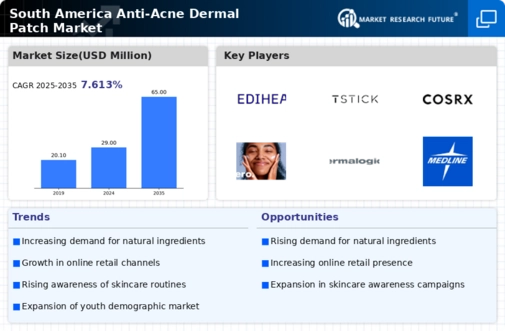
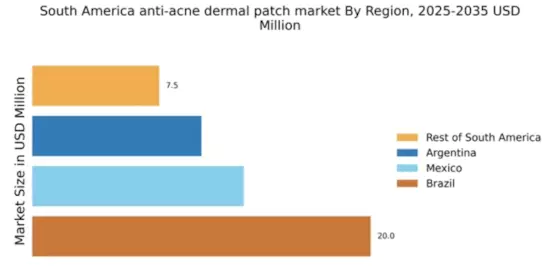
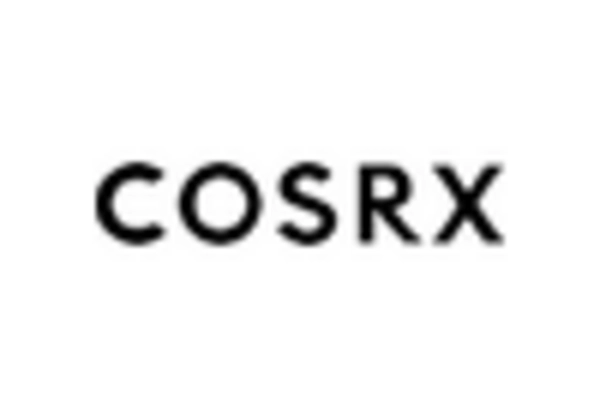
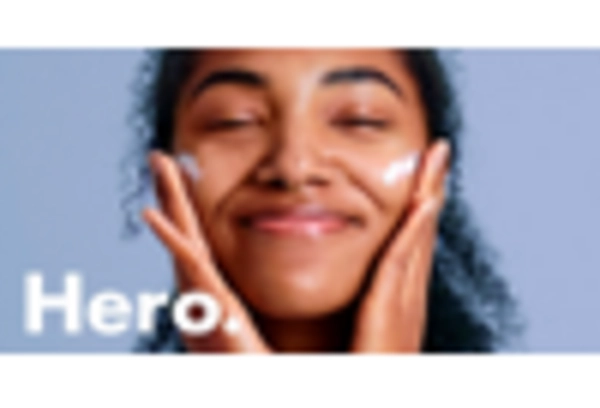
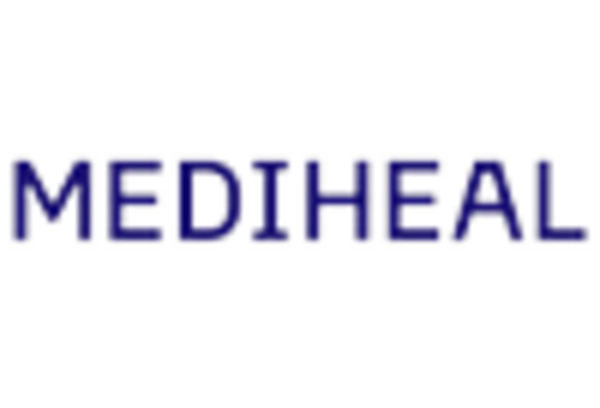
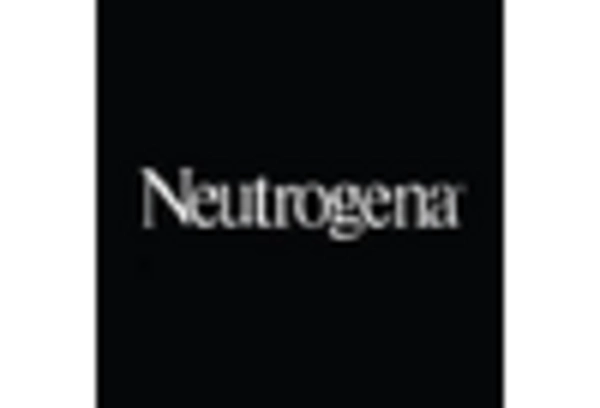
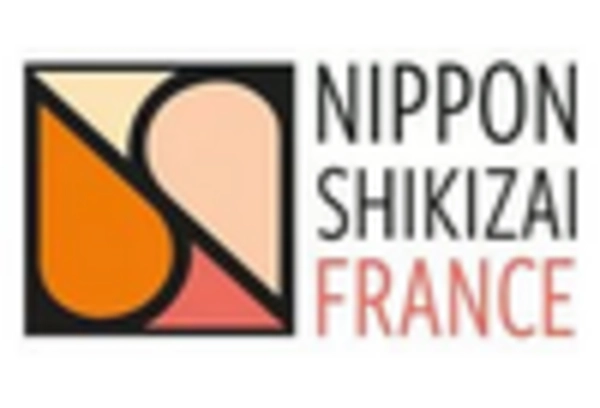
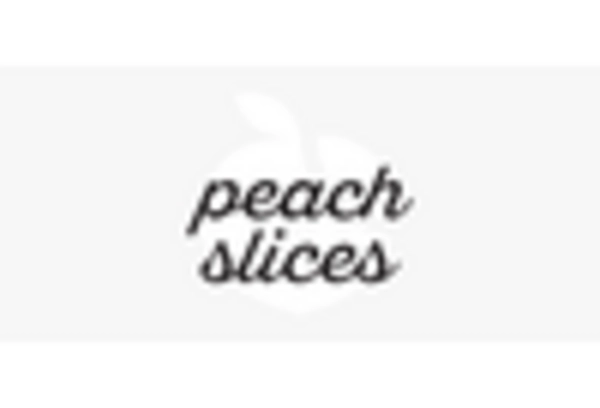








Leave a Comment